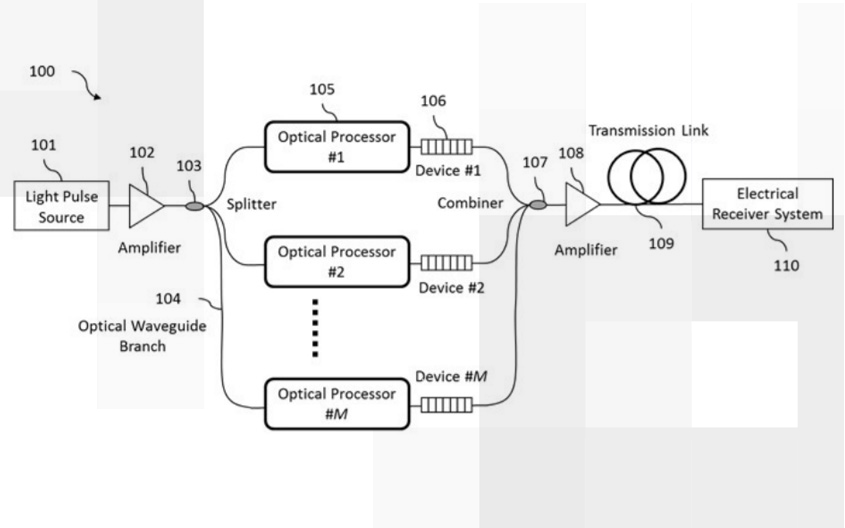
Fiber Optic Sensors – Multiplexing Overlapped Spectra

Fiber optic sensors are made of a length of cylindrical glass or plastic with a diameter of merely around 100 micrometers, wherein laser/LED light guided inside will response to the change of ambient medium. Fiber optic sensors can sense a variety of parameters such as temperature, strain and chemical, such that they are preferred to other sensing technologies due to small size, high sensitivity, remote capability and non-electrical. Most importantly, fiber optic sensor technology allows multiplexing of large numbers of sensors in an uncluttered array network. In this institute, we have developed a system that further allows multiplexing of fiber optic sensors whose spectra are overlapping or identical. Our system offers economical setups where the multiplexing process is performed utilizing passive fiber optic devices and the receiver is able to extract individual optical spectra simultaneously. Therefore, this system allows economies of scale in sensor manufacturing, optimize sensing network design and simplify sensing system operation.

he MMU Digital Futures Research Hub is a multi-disciplinary platform for research on the digitalization of our society. The goal is to foster innovative, cutting-edge multi-disciplinary research, and to provide outstanding training for talented young scholars and students through 8 research institutes.
The hub is a community and industry centric entity, with 20 professor chairs that brings together universities, governmental and industrial research organizations, as well as state and federal governments.

